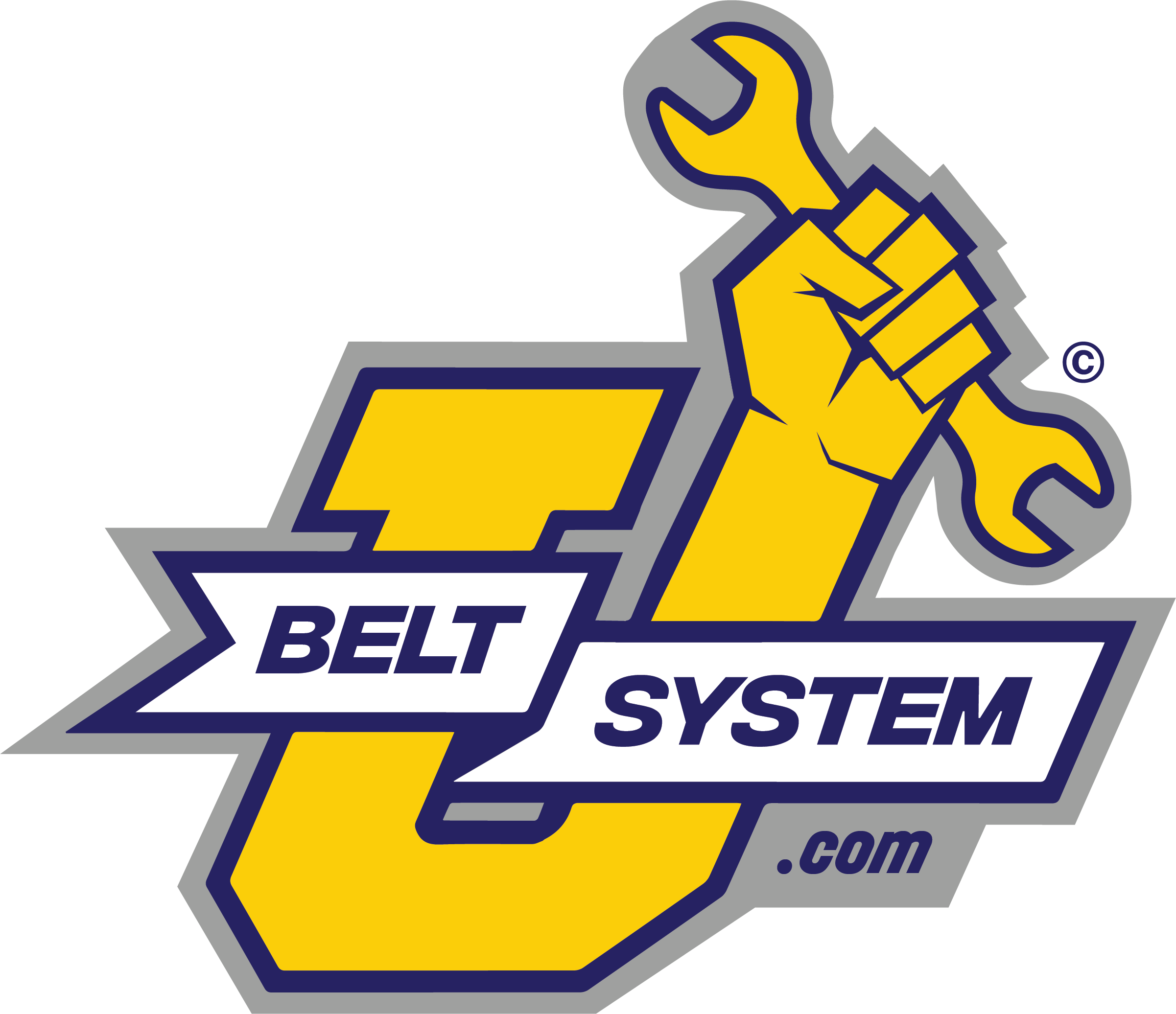When shopping for a new serpentine belt for your vehicle, you want to know that it is designed to last another 90,000 miles. While not all replacement parts meet OEM specs, most manufacturers from around the world adhere to the International Organization for Standardization (IOS) so that parts made across the sea will fit and function in domestic vehicles as expected. Your serpentine replacement belt must meet four testing standards to receive approval for use in your vehicle. The precise specs for each belt are set out by the Society of Automotive Engineers.
No Defects in the Serpentine Belt’s Appearance
Samples pulled from the production line must not show any cracks, wear marks, kinks, or twists. The belt must also undergo a quick fit test over a set of pulleys to determine its effective length and to check its exposed height. Each length of the serpentine belt is given a different number of pulleys that it is tested against to properly match its intended real-world application.
Must Meet or Exceed Standard for Fatigue Life
The manufacturer must conduct a random fatigue test on standardized equipment in laboratory settings to determine the fatigue life. The belt is wrapped around two, three, or four-pulley tensioner device and operated under high tension for at least 80 hours. The belt must not show excessive fatigue or fail before that point in order to receive its certification.
Tensile Strength Must be Tested in Controlled Conditions
Three 250mm samples are cut from the same belt and subjected to a tensile testing machine. The samples are pulled at a rate of 50mm per minute until the fabric fails. The amount of force required to snap the belt is its tensile strength. The belt material must meet or exceed standards set for the length and style of belt.
Able to Withstand Low Temperature Environments
First the belt is stored in a very hot room of 100 degrees Celsius for three days. It is then subjected to 72 hours in an environment of -30 degrees Celsius. At the end of the time, the belt must be able to bend at least 90 degrees before fracturing.
Summary
The specifications for these four tests adjust according to each style, width, and length of belts. Narrow V-belt, raw edge V-belt, wide, double V, and wrapped edges are all standard variants.
While these standards are set out for all automotive equipment manufacturers to follow, in some places, adherence to laboratory settings and reporting may not be up to snuff. It is always wise to do your due diligence and check into the brand on the replacement serpentine belt box before placing it into your machine. Does the manufacturer list itself as an OEM part supplier or mentions exceeding SAE standards? Look for premium or performance belts for your off-road or heavy-duty car or truck when you expect to encounter extreme conditions on a regular basis.






